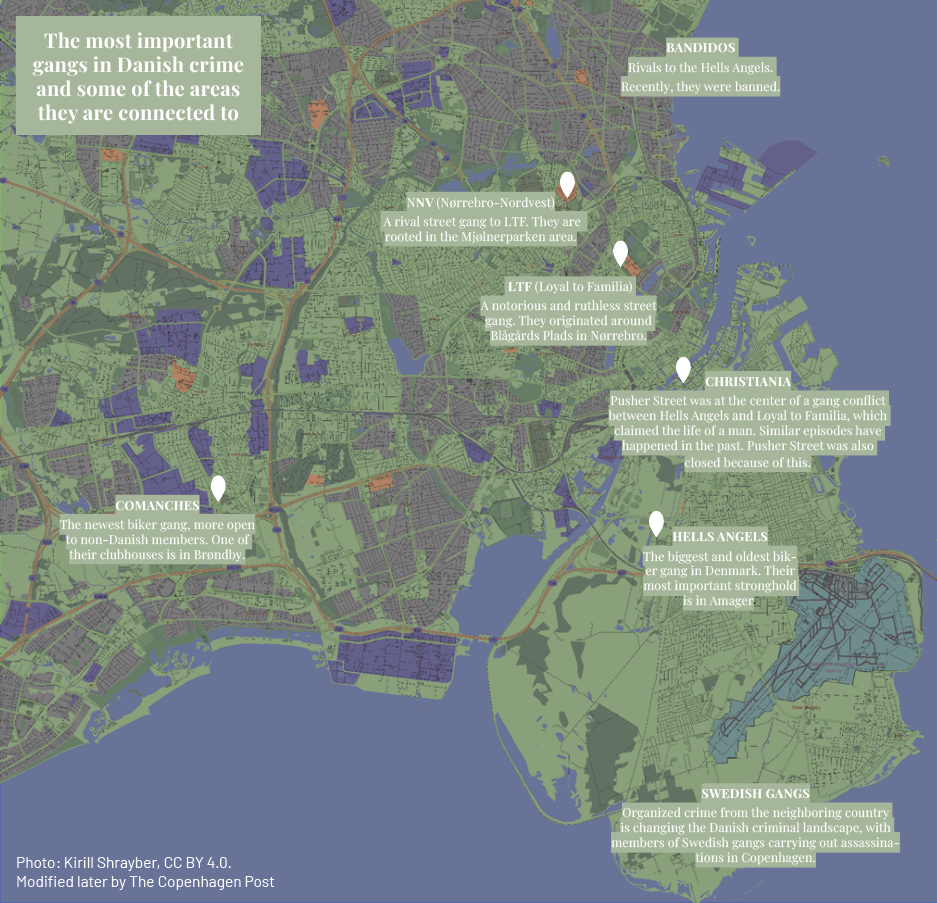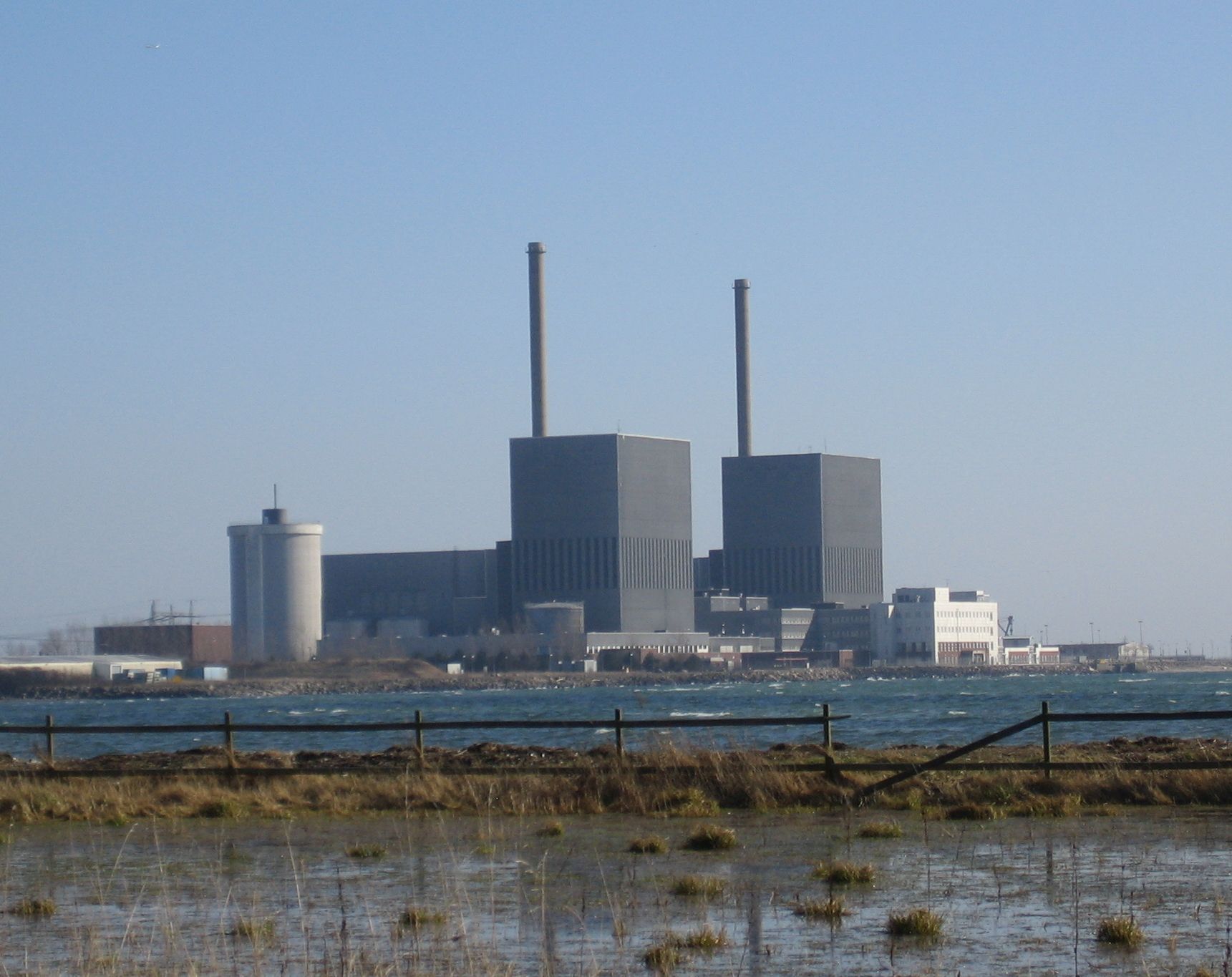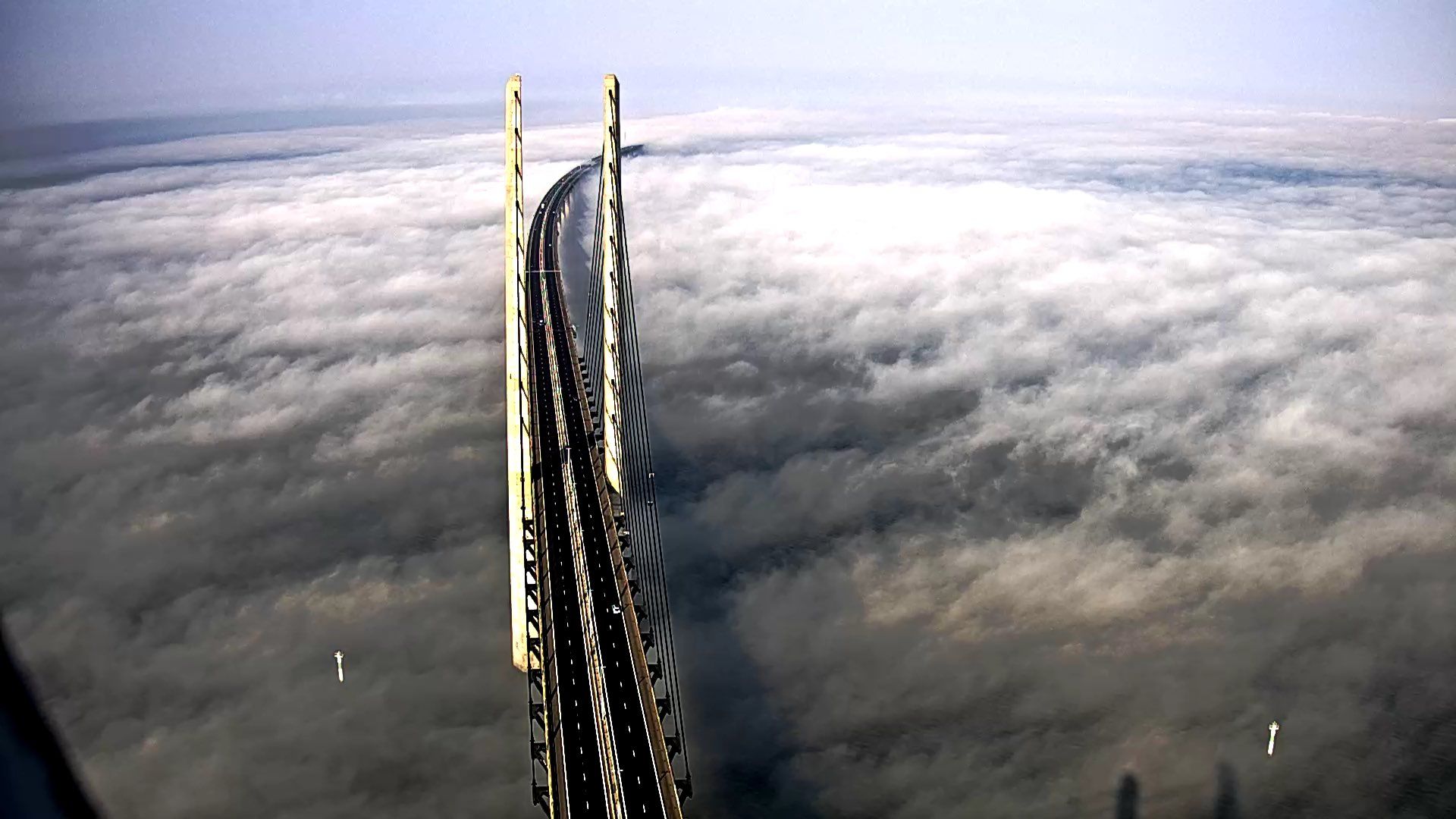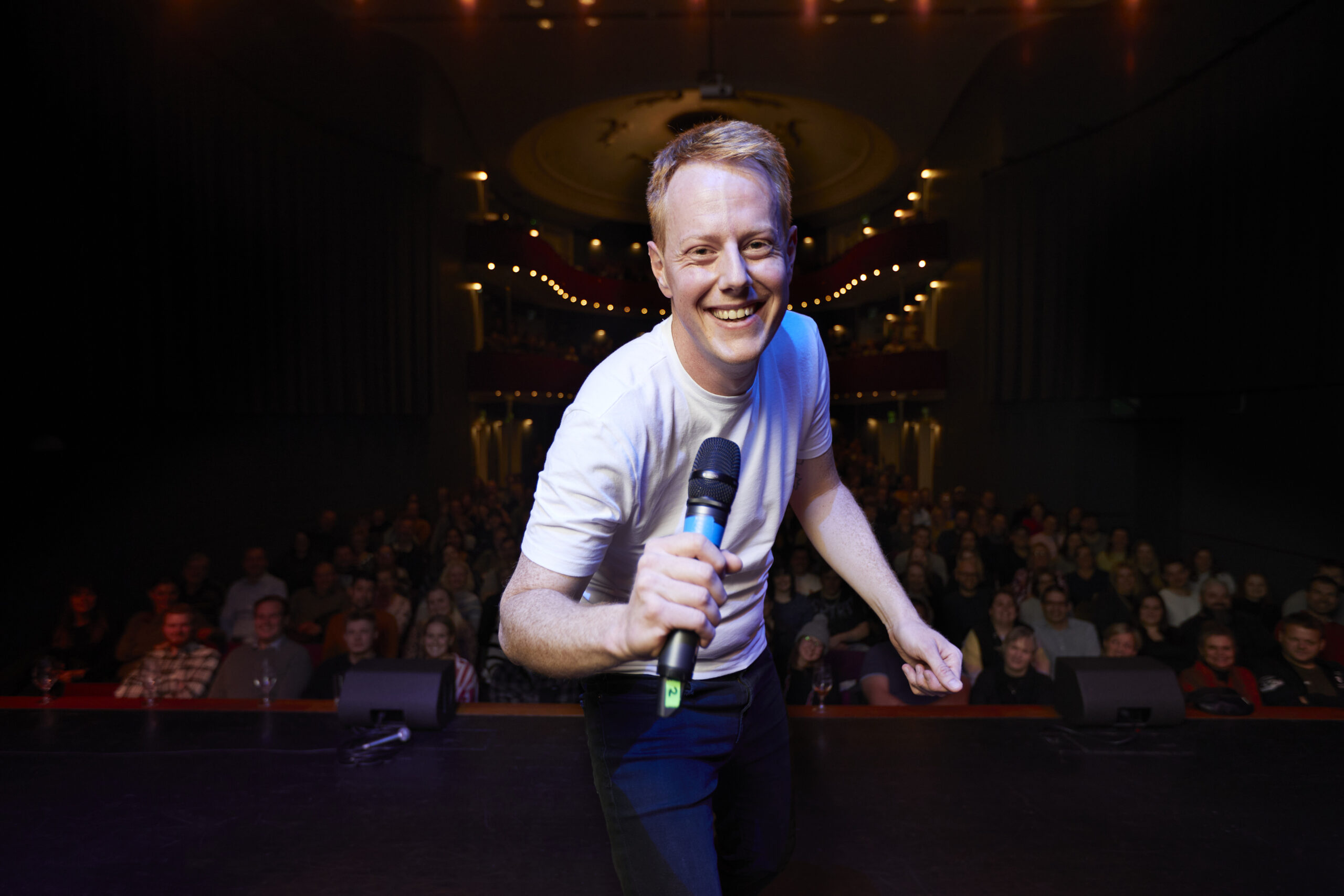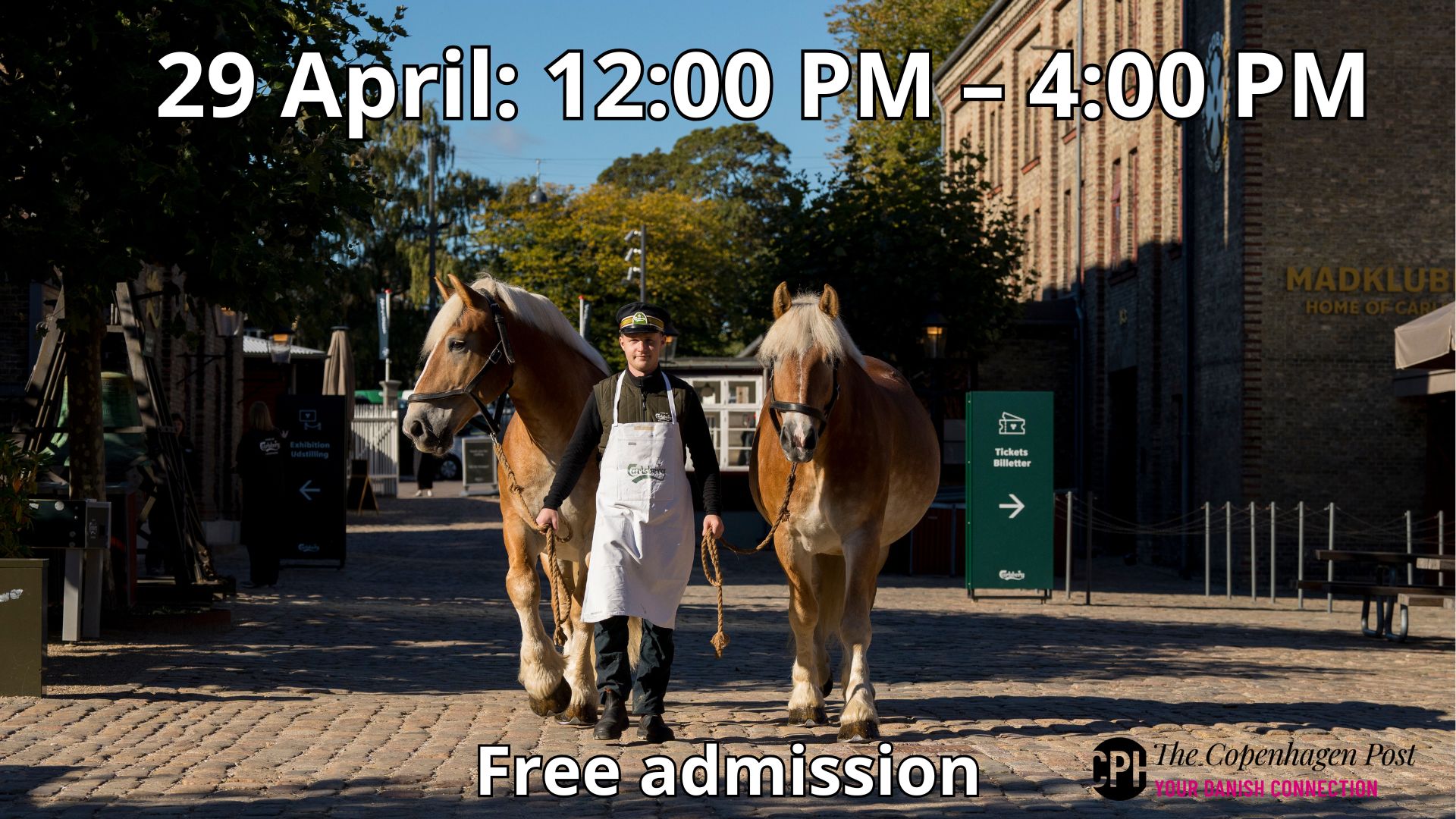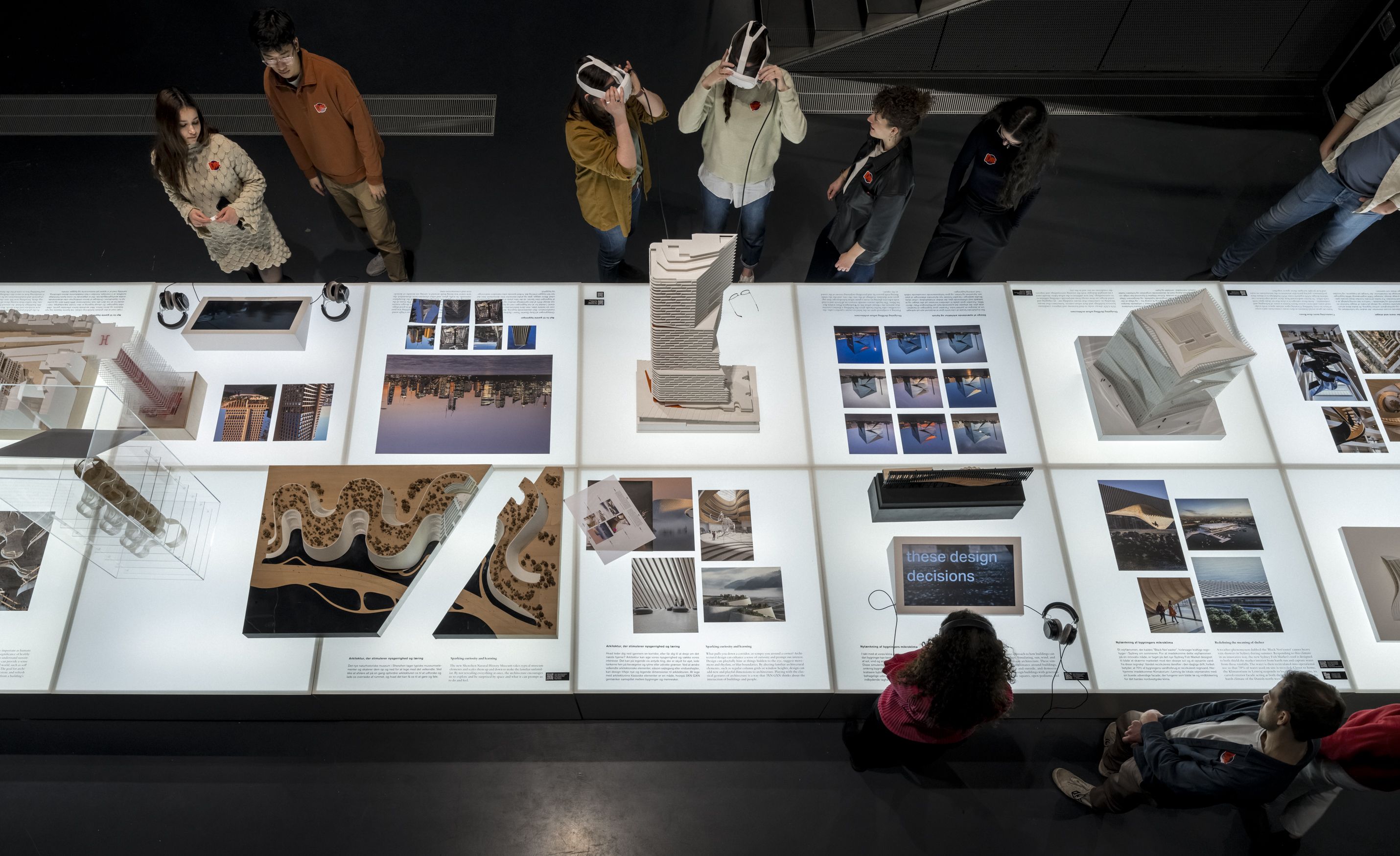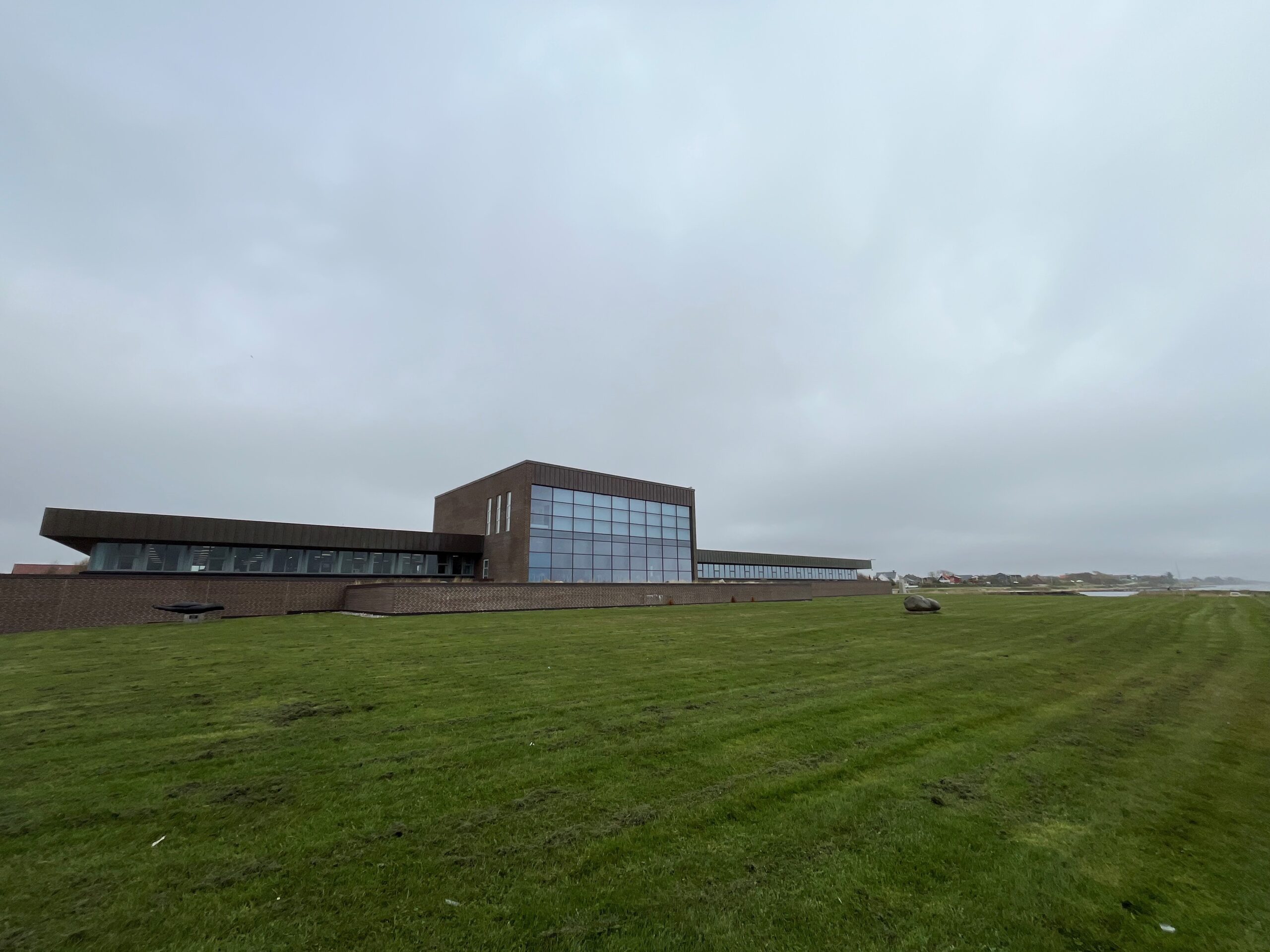The Resistance Museum was badly damaged in a suspected arson attack in April and plans are now being made to erect a new museum on the same site in Copenhagen's Churchillparken.
But while the original museum focused exclusively on the subversive tactics of Danish resistance fighters during the Nazi occupation between 1940 and 1945, the museum’s creators, the National Museum of Denmark, have announced that they want to update the museum's narrative.
“The context for visitors today is very different than for those who visited when it was first built,” the National Museum stated in a press release. “So the question is whether the subject should still only be the resistance struggle or rather the entire occupation period in all its depth and complexity?”
The National Museum wants the new museum to include a broader set of themes and stories that tell a more sophisticated narrative of Denmark under the German occupation, including a more nuanced approach to the subject of Nazi collaborators.
“It would be worrisome if the museum attempted to give a singular story because reality is rarely simple, especially for those who chose to join the resistance movement,” the National Museum stated. “And that’s why we also need to consider the other options and understand the forces that were pulling in the opposite direction.”
While Politiken newspaper reports that the culture minister, Marianne Jelved (Radikale), supports the decision to integrate more stories about the Danish occupation into the museum, opposition politicians argue that the museum should retain its focus on the work of the resistance fighters.
“We should keep the stories [about the resistance movement and the occupation] separate,” Dansk Folkeparti's values spokesperson, Pia Kjærsgaard, told Politiken. “The resistance museum is for freedom fighters and the new museum should be built in the same spirit as when it was originally built.”
Venstre's cultural spokesperson, Michael Aastrup Jensen, agreed that the museum should retain its original focus.
“It’s important that we honour the freedom fighters,” Jensen told Politiken. “There’s nothing wrong with telling the story of collaborators and other actors. It should just happen elsewhere.”
Christian Eugen-Olsen, the chairman of the memorial organisation for freedom fighters, Frihedskampens Frednings- og Mindefonden, also disagreed with the National Museum's new approach.
“The primary objective of the Resistance Museum should be telling the story of the resistance struggle, not the general story of the occupation,” Eugen-Olsen told Politiken. “We are interested in telling the story of the resistance movement that took place despite political opposition.”
The National Museum is holding a meeting on June 10 in which historians and other interested persons can contribute their ideas on what the future resistance movement should include.
The museum fire is thought to be an arson attack. One month later, the police do not appear close to solving the case.

